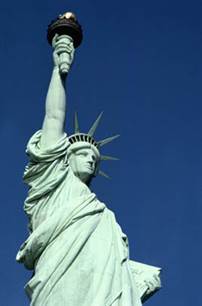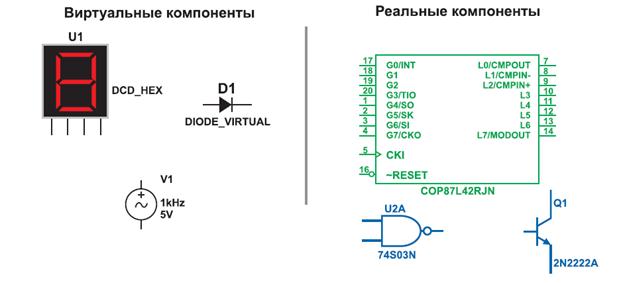The US Constitution
The U.S. Constitution, proclaimed in 1787, is the supreme law of the country, which protects the rights of all the people living in the United States. The Constitution is based on three main principles. The first one guarantees basic rights Welcome to the USA! — freedom of speech and religion. The second principle tells about a government by the people. The third principle tells about the three branches of the U.S. government, legislative, executive and judicial, that have different powers.
The U.S. Constitution includes the Preamble, seven articles and 26 amendments, which help make some changes or add some new things. The first ten amendments are called collectively Bill of Rights. Preamble "We the people of the United States, in order to form a more perfect Union, establish justice, insure domestic tranquility, provide for the common defense, promote the general welfare, and secure the blessings of liberty to ourselves and our posterity, do ordain and establish this Constitution for the United States of America." The Articles of the Constitution Article I. The Congress has many powers. It can decide taxes and make laws about citizenship and about foreign trade. If the U.S. fights with another country, Congress can declare war. Article II. The President has other powers. He or she is the Commander-in-Chief of the military. The President can choose people to be judges on the Supreme Welcome to the USA! Court, he can choose people to be ambassadors. But the Senate must say okay to these people. Article III. The Judicial branch has certain powers. The courts can review some laws. If the laws do not agree with the Constitution, the courts can tell Congress to change the laws. The courts listen to problems about protecting the Constitutional rights of the people.
Article IV. States have a republican form of government. States can make some state laws. All states must respect the laws of other states.
Article V. Three-fourths of the states must say okay to an amendment.
Article VI. The Constitution is the supreme law of the U.S. Everyone must follow the Constitution.
Article VII. Three-fourths of the states must say okay to this Constitution.
Welcome to the USA! Presentations: 1)_The Statue of Liberty
2)Francis Scott Key
|








